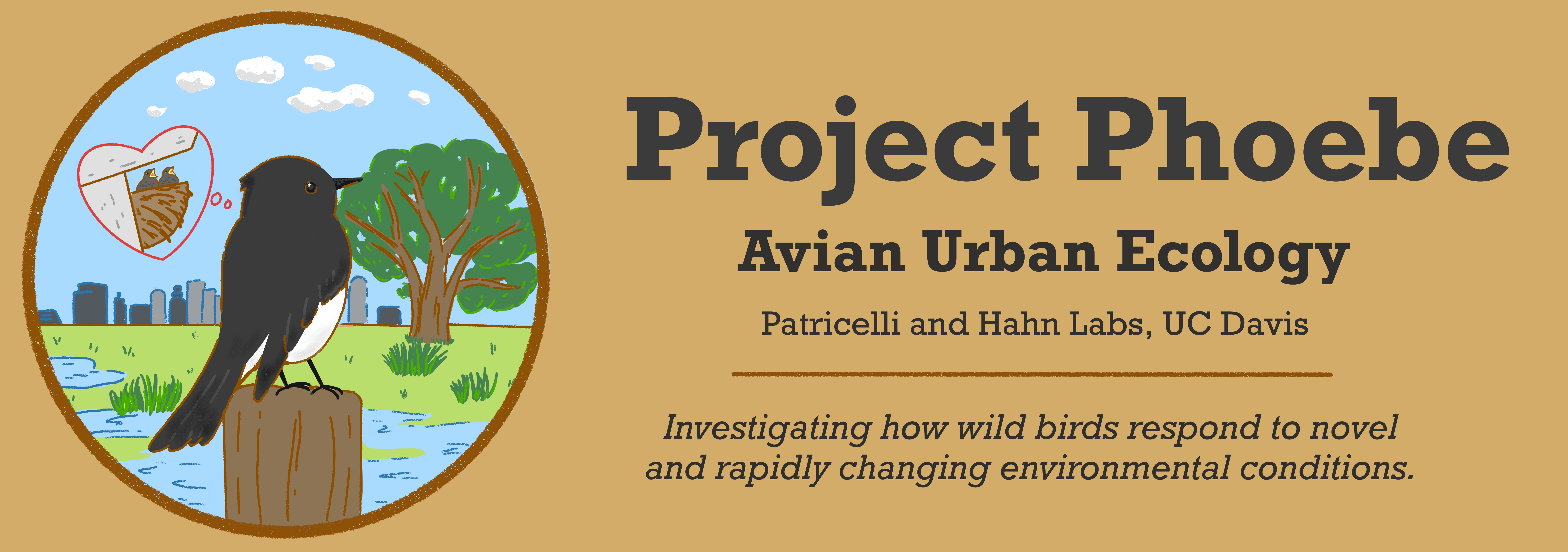Urban Field Guide: Virginia Opossum (Didelphis virginiana)

With its bright white snout, beady black eyes, curly pink tail, and iconic hiss, the virginia opossum may be one of the most recognizable urban animals in the United States. This species is the only marsupial (a subgroup of mammals) in North America, carrying its young in a pouch. It is a highly mobile animal, burrowing, climbing, and scampering its way across the nighttime landscape of forests and cities alike.
Notable Features:
- Playing Possum: The Virginia Opossum has an extraordinary means of keeping itself safe from predators. Sometimes, when it feels threatened, an opossum will stiffen, fall over, and emit a noxious smell, giving off the very convincing impression that it is dead. Many predators will be hesitant to eat something that they have not killed themselves– the creature may be carrying a disease! Opossums use this hesitation as a defensive measure. When they play dead, a predator may lose interest in going after the opossum as food.
- Adaptable Omnivores: Opossums eat insects, berries, human food waste– practically anything they can get their paws on! This makes them great at living around people. The food we grow and throw away makes for a great midnight snack for a hungry opossum.
- Moms on the Go: While young opossums are still nursing, their mom will carry them from place to place on her back. They will cling tightly to her from place to place as they go searching for food and shelter.
While native to the Eastern United States, opossums are not native to California– and were deliberately introduced there by people. The opossums we encounter on the West Coast are making use of human cities, and have quickly spread across the state. Where will these mobile marsupials wind up next?
What a delightful night-prowling friend we have in the opossum. If only I had their lovely voice! -A.J.
References
- Gabrielson, G.W. and Smith, E.N. (1985), Physiological responses associated with feigned death in the American opossum. Acta Physiologica Scandinavica, 123: 393-398. https://doi.org/10.1111/j.1748-1716.1985.tb07605.x
- Kyle R Wait, Adam A Ahlers, Virginia opossum distributions are influenced by human-modified landscapes and water availability in tallgrass prairies, Journal of Mammalogy, Volume 101, Issue 1, 21 February 2020, Pages 216–225, https://doi.org/10.1093/jmammal/gyz176

